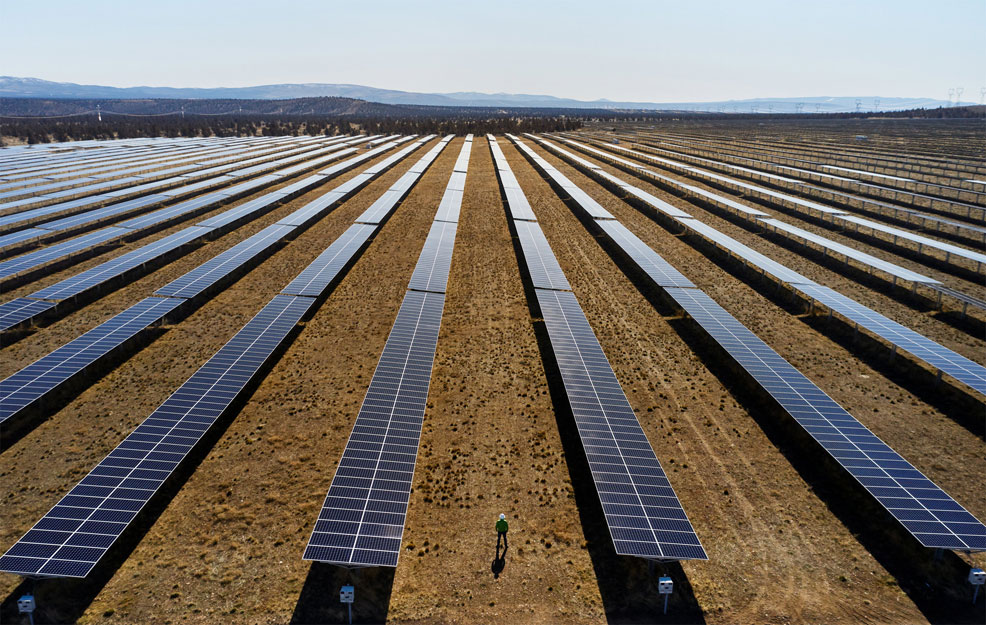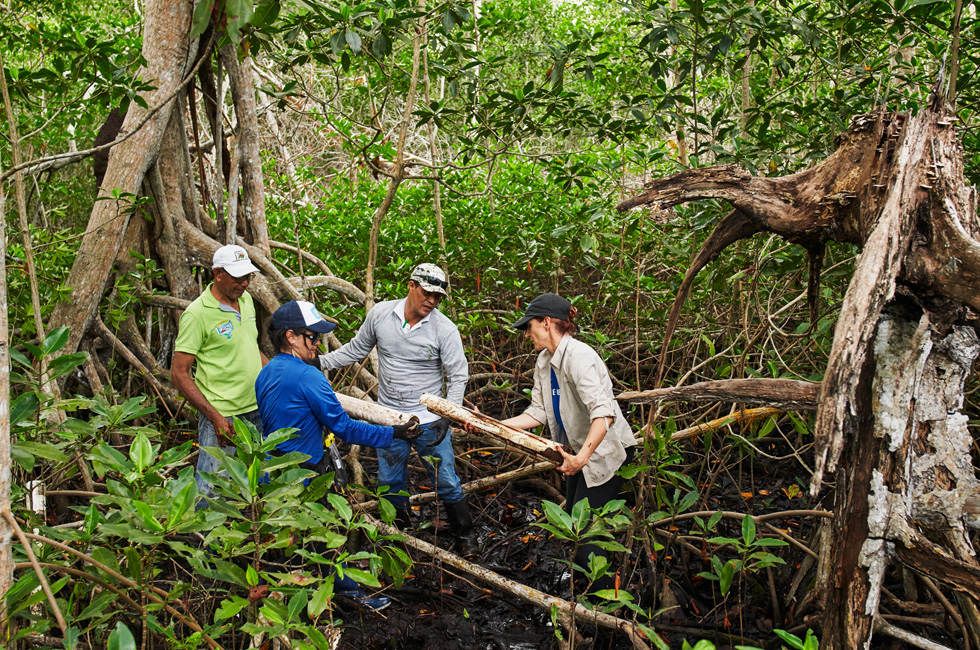
24th July 2020 Apple commits to carbon neutrality by 2030 Apple, the world's largest technology company by revenue, is already carbon neutral for its corporate facilities, a goal achieved in April 2020. However, the consumer electronics giant now intends to make every product and its entire supply chain – from manufacturing to transportation to end-of-life material recovery – net zero by 2030.
"Businesses have a profound opportunity to help build a more sustainable future, one born of our common concern for the planet we share," said Tim Cook, Apple's CEO. "The innovations powering our environmental journey are not only good for the planet – they've helped us make our products more energy efficient and bring new sources of clean energy online around the world. Climate action can be the foundation for a new era of innovative potential, job creation, and durable economic growth. With our commitment to carbon neutrality, we hope to be a ripple in the pond that creates a much larger change." Apple is providing detail on its approach by publishing a 10-year roadmap, which other companies may emulate. In its 2020 Environmental Progress Report – released yesterday – Apple sets out its plans to reduce emissions by 75% by 2030, while developing innovative carbon removal solutions for the remaining 25% of its comprehensive footprint. To support these efforts and beyond, Apple is establishing an "Impact Accelerator" that will focus on investing in minority-owned businesses that drive positive outcomes in its supply chain and in communities that are disproportionately affected by environmental hazards. This accelerator is part of Apple's recently announced $100 million Racial Equity and Justice Initiative, focused on efforts to address education, economic equality, and criminal justice reform. "We're proud of our environmental journey and the ambitious roadmap we have set for the future," said Lisa Jackson, Apple's vice president of Environment, Policy and Social Initiatives. "Systemic racism and climate change are not separate issues, and they will not abide separate solutions. We have a generational opportunity to help build a greener and more just economy – one where we develop whole new industries in the pursuit of giving the next generation a planet worth calling home."
Apple's 10-year roadmap to lower emissions will include the following: • Renewable energy – Apple will remain at 100% renewable energy for corporate facilities, focusing on creating new projects and moving its entire supply chain to solar, wind, and other forms of clean power. Once completed, this transition will mean a total of 14.3 million metric tons of CO2 emissions being avoided by Apple each year: about 0.04% of humanity's entire global output, and equivalent to taking more than three million cars off the road each year. Apple is launching one of the largest new solar arrays in Scandinavia, as well as two new projects providing power to underserved communities in the Philippines and Thailand. • Energy efficiency – Apple will identify ways to lower energy use at its corporate facilities and help its supply chain make the same transition. Through a new partnership with Apple, the US-China Green Fund will invest $100 million in energy efficiency projects for Apple's suppliers. • Recycling innovations – the company has already deployed a new robot, called "Dave", which can disassemble the Taptic Engine from iPhones to recover 100% of key materials such as rare earth magnets and tungsten, while also enabling the recovery of steel. All iPhone, iPad, Mac, and Apple Watch devices can now be produced with recycled content. • Process and material innovations – Apple will reduce emissions through technological improvements to processes and materials needed for its products. Development of the first-ever direct, carbon-free aluminium smelting process, for example, is already underway through investment and collaboration with two of the company's aluminium suppliers. Meanwhile, Apple reduced emissions from fluorinated gases by 242,000 metric tons in 2019 and will continue to find ways of limiting these forms of pollution, which are produced from the manufacture of some consumer electronics components and contribute to the greenhouse effect. • Carbon removal – Apple is investing in forests and other nature-based solutions around the world to remove carbon from the atmosphere. The company is planning a "first-of-its-kind carbon solutions fund" to invest in the restoration and protection of forests and natural ecosystems globally. In partnership with Conservation International, the company will invest in new projects that build on learnings from existing work – like restoring degraded savannas in Kenya and a vital mangrove region in Colombia (pictured below). Mangroves not only protect coasts and help support the livelihoods of those communities where they grow, but can also store up to 10 times more carbon than forests on land. Apple's goal is ambitious, and 20 years ahead of the recommendations by the Intergovernmental Panel on Climate Change, which call for carbon neutrality worldwide by 2050. This announcement follows a similar move by Microsoft in January. If other businesses and organisations follow their example, the world may actually stand a chance of limiting global warming to below 2°C.
Comments »
If you enjoyed this article, please consider sharing it:
|








